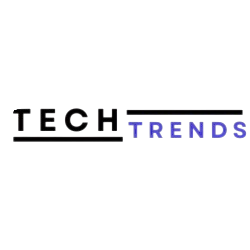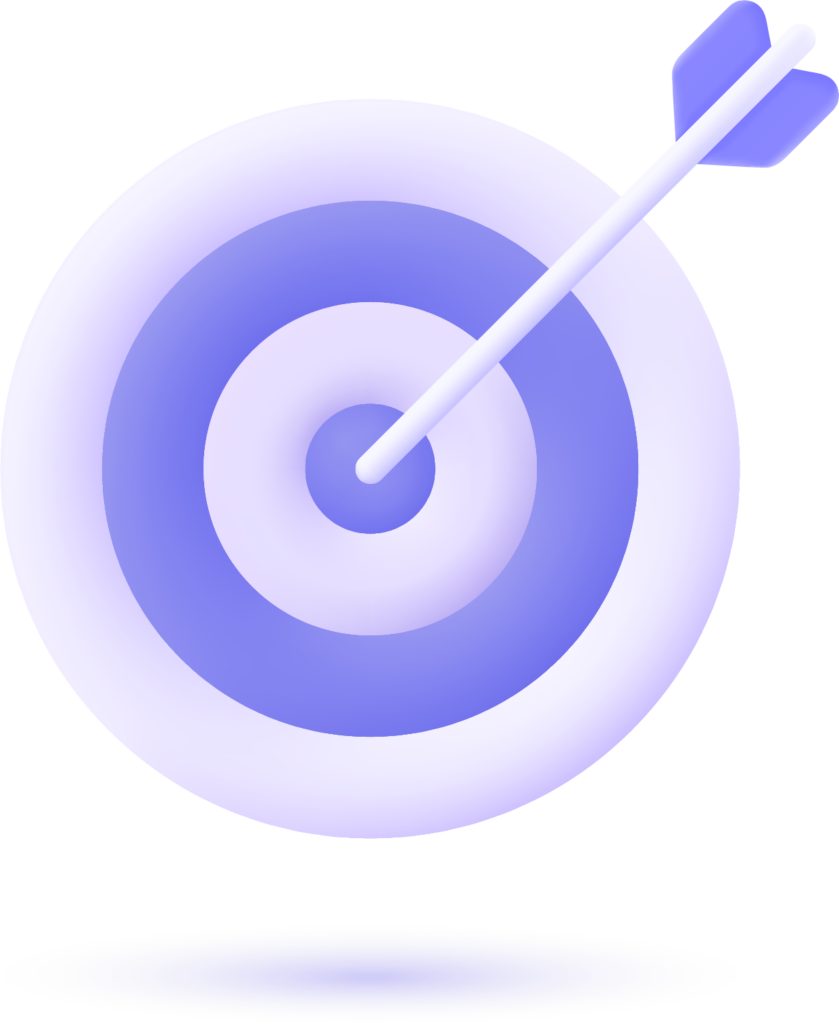Why Optimizing Your Marketing Budget Matters
As marketing becomes more accountable, it’s no longer enough to spend more money to generate results. Today, marketers must demonstrate that every dollar spent contributes to growth. Optimizing your budget allows you to:
- Get the Most Out of Your Marketing Investment: Maximize the ROI on your existing spend.
- Adapt to Budget Constraints: Achieve more even when marketing budgets are cut.
- Stay Ahead of Competition: Outmaneuver competitors who aren’t optimizing their resources.
Navigating Rising Costs & Shrinking Budgets
Marketing teams are often among the first to experience budget cuts, especially in uncertain economic climates. The challenge is balancing efficiency with performance. In 2025, a strategic approach to budget optimization will help you navigate these challenges and continue delivering results.
Adapting to a ROI-Driven Marketing Approach
Traditional marketing strategies focused on spending more to reach larger audiences. However, with data and analytics tools at your disposal, the focus should shift to understanding how much each campaign brings back in revenue. Using a ROI-driven marketing approach allows you to:
- Assess the real effectiveness of each dollar spent.
- Reallocate budget to high-performing strategies.
Understanding the Average B2B Marketing Budget Allocation
It’s important to align your marketing spend with industry standards. According to recommendations, B2B companies should allocate 2-5% of their revenue to marketing. Understanding this guideline helps you stay within the right budget range, while optimizing every dollar spent.
Key Takeaways: Marketing Budget Optimization At a Glance
Before diving into strategies, here’s a quick summary of key approaches to optimize your marketing budget:
Maximize Your Marketing Data’s Potential
Leverage the vast amounts of data already at your disposal to make informed decisions that can improve ROI without extra spending.
Leverage Your Tech Stack for Better ROI
Evaluate your existing marketing technology stack and use it to its full potential to save time, reduce costs, and improve efficiency.
Refine Your Marketing Funnel for More Conversions
Optimize each stage of the marketing funnel to reduce leaks and maximize conversions from existing traffic.
In-House vs. Outsourcing: Finding the Best Approach
Determine whether in-housing or outsourcing marketing tasks is more cost-effective based on your needs and ROI analysis.
Prioritize Customer Retention Over Acquisition
Focus marketing efforts on retaining existing customers, which is often more cost-effective and yields better ROI than acquiring new ones.
1. Make Better Use of Your Marketing Data
The Value of Untapped Data
Marketing teams often collect vast amounts of data, yet 80% of it remains unused. This unused data represents untapped potential for optimization. Unlocking the power of your data can help you increase ROI without spending more money.
Turning Raw Data Into Actionable Insights
Data is not just a collection of numbers; it tells a story about how your target audience interacts with your campaigns. Analyze this data to understand:
- Which content resonates most with your audience.
- Which channels are more cost-effective in converting leads.
- How personalized your campaigns are and whether they meet customer needs.
Building a Simple Data Optimization Process
Create a process to evaluate your data systematically. For instance, use a checklist to answer key questions that directly link to your goals, such as:
- Does your Customer Acquisition Cost (CAC) vary by platform?
- Which content types show the lowest bounce rates?
- Are your video ads performing better than single image ads?
This approach helps refine your strategies for better performance.
Example Checklist: How to Lower CAC Using Data
- Evaluate CAC by platform: Compare Google Ads vs. Email Marketing for cost-efficiency.
- Analyze bounce rates: Prioritize high-performing content.
- Monitor ad performance: Identify where to allocate more or less budget based on conversion rates.
Recommended Tools for Centralized Data Analysis
To optimize your data usage, choose tools that centralize all your performance data in one place, such as Google Analytics, HubSpot, or Tableau. This integration makes it easier to identify areas for optimization and act on them swiftly.
Quick Tips for Data-Driven Decision Making
- Use dashboards to visualize data in real-time.
- Set clear goals for your CAC and continually monitor against them.
- Keep historical data handy to spot trends and forecast future actions.
2. Maximize Your Marketing Tech Stack
Underutilized Marketing Tools: A Hidden Cost
According to Gartner’s 2023 Martech Report, marketers are using only one-third of the potential capabilities of their tech stacks. This underuse represents an opportunity for optimization—by fully leveraging the tools you already have.
How to Audit and Streamline Your Martech Stack
Step back and audit your current tech stack. Identify overlapping tools or those underused by your team. For example, instead of paying for multiple analytics platforms, consolidate your data analysis into a single tool.
Merging Tools to Improve Efficiency and ROI
Instead of managing several tools for various tasks (e.g., campaign planning, data analysis, and budget allocation), merge tools for all-in-one solutions. Platforms like Camphouse or Mediatool integrate multiple functionalities, saving time, money, and improving coordination.
Case Study: Switching to All-in-One Platforms (e.g., Camphouse)
A marketing team switched to an all-in-one platform and saved 20% of their budget by consolidating their tools for campaign management, budget allocation, and performance tracking.
3. Optimize Every Stage of Your Marketing Funnel

Why Funnel Optimization is Often Overlooked
Many marketers focus only on the top of the funnel (awareness) and ignore the middle and bottom stages (consideration and conversion). However, optimizing these stages can significantly improve conversion rates.
Identifying Drop-Off Points & Bottlenecks
Regularly assess your funnel to identify where prospects drop off. Common areas include:
- Landing pages with high exit rates.
- Complex forms that discourage sign-ups.
- Lack of trust signals (e.g., testimonials, guarantees).
Effective Strategies to Improve Funnel Performance
- Retargeting Campaigns: For those who abandon the cart or visit product pages without purchasing, show them ads with testimonials or product benefits.
- Live Chat Features: Use tools like Intercom to offer real-time support and answer questions, reducing friction in the decision-making process.
Example: Engaging Gen Z Buyers with Value-Aligned Campaigns
For Gen Z, sustainability matters. Create content showing how your products align with environmental or social causes and retarget users who viewed your products.
Using Live Chat to Reduce Friction and Boost Conversions
Live chat allows for immediate interaction, helping convert hesitant customers into buyers by answering questions quickly and providing personalized experiences.
4. In-House vs. Outsourcing: Which Model is Best for Your Marketing?
The Pros and Cons of In-Housing Marketing Tasks
In-housing marketing tasks can bring teams closer to the product, and thus, more aligned with the business. However, this requires a significant investment in training and resources.
Why Agencies Can Deliver Expertise You Can’t Always Build In-House
Agencies provide access to specialized expertise and resources that might be expensive to develop in-house. They can also scale quickly, adapting to marketing needs as they arise.
How to Decide Based on ROI: In-House or Agency?
Weigh the pros and cons of both models:
- In-house: More control and deeper company knowledge.
- Agency: Expertise, scalability, and access to cutting-edge tools.
Hybrid Models: Combining the Best of Both Worlds
Some businesses opt for a hybrid model, keeping core tasks in-house and outsourcing specific activities (e.g., market research, creative campaigns) to agencies.
5. Prioritize Customer Retention Over Acquisition
Retention vs. Acquisition: A Cost-Effectiveness Comparison
Research shows that acquiring new customers is 5-25 times more expensive than retaining existing ones. Therefore, focusing on retention is a more cost-effective approach.
Proven Strategies to Retain Customers
- Loyalty Programs: Offer rewards for repeat purchases.
- Personalized Campaigns: Use customer data to create tailored content.
Loyalty Programs & User Engagement Tactics
Encourage repeat business with loyalty programs or discounts for referrals. Engage customers with surveys or user-generated content campaigns to build a community.
How to Collect and Use Customer Feedback (e.g., UGC)
User-generated content (UGC) is a powerful way to involve customers in the brand story. Use feedback to improve services and create campaigns that resonate more deeply with your audience.
Marketing Budget Breakdown by Category
Digital Marketing (Paid Ads, Content, Email, Social)
Allocate the majority of your budget to digital channels. The CMO Survey reveals that 53.8% of the average marketing budget goes toward digital marketing.
Marketing Technology Stack (CRM, Automation, Analytics)
Invest in tools that automate processes and track key metrics, such as CRM and analytics platforms.
Talent & Team Costs (In-House vs. Agency)
Factor in both in-house team costs and the option to outsource specialized tasks to agencies.
Campaign Execution (Influencer Marketing, Lead Gen, Webinars)
Allocate funds to activities that directly generate leads and promote engagement, like influencer partnerships and webinars.
FAQs on Marketing Budget Optimization
What Metrics Should I Track for Budget Success?
Track ROI, CAC, lifetime value (LTV), and conversion rates.
How Can Small Businesses Optimize Budgets Without Big Resources?
Focus on data-driven decisions, use affordable tools, and prioritize customer retention.
What Are Some Creative Ways to Reduce Marketing Costs?
Leverage UGC, partnerships, social media, and referral programs.
How Do Data Privacy Rules Affect Marketing Budgets?
Budget for tools that ensure compliance with data privacy laws while maintaining customer trust.
Why Is Team Collaboration Crucial for Budget Optimization?
Effective collaboration helps ensure all resources are used efficiently and aligned with the marketing goals.
Start Optimizing Your Marketing Budget for Smarter Spending
Ready to take your marketing budget to the next level? Start by auditing your current data, tech stack, and funnel. At Tech Trends, we specialize in Conversion Rate Optimization (CRO), helping businesses transform their website traffic into real, measurable results. Our expert team uses proven strategies to analyze user behavior, optimize user journeys, and implement data-driven solutions that enhance conversions without increasing your marketing spend.
Reach out for a free consultation today and discover how we can help you optimize your marketing budget while maximizing ROI through intelligent CRO strategies.





